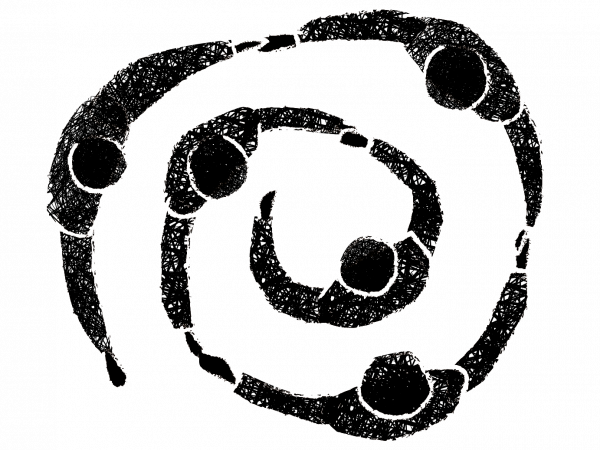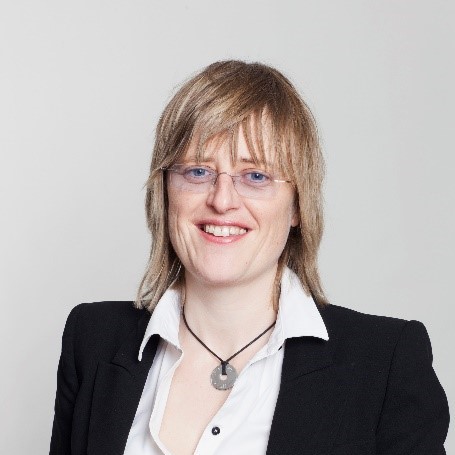- Home
- EN
- Our impact
- ProspeKtive
- Positive impact design

Positive impact design
April 2021
Expert
Anne Berranger, West Region branch manager of the Kardham Group, takes the pen on in interiors to give her point of view on the role of design in the development of workspaces.
At a time of great changes in working methods accelerated by the crisis, design has more than ever a role to play in the organization of workspaces. We are talking about a design that goes beyond the aesthetic approach that one can have of it and encompasses its strategic and human dimensions. A holistic vision that can prove to be virtuous in helping companies also to strengthen links between employees and gain in agility.
From a strategic point of view, only a global vision of design makes it possible to effectively and coherently support organizations undergoing profound and rapid change. If there was only one question to ask, it would be this: What business project does the development project respond to? Clearly defining these strategic objectives is essential to provide aligned, contextualized and scalable responses to the smallest components of the development project. So if the question is to support a new organization of work that promotes both collaboration between teams while allowing several modes of communication to coexist within the same space, the choice may be towards a decentralized main circulation. . This opposite to the systematic organization of a work area makes it possible to bring dynamism to the creation of different types of work spaces. It brings flexibility in the layout, in accordance with the agile mode where adaptation is required. From small committees to large groups, from one-to-one exchanges to the need for individual concentration, all these formats can thus coexist.
By seeking to improve the quality of life at work for employees, design also promotes commitment and attachment. Because quality of life begins with aspects to which the contribution of design is essential: comfort of premises, ergonomics of workstations, fluid and personalized experience of workspaces. Elements which, beyond being a performance lever, contribute to the development of employees. Better yet, design can help recreate the desire to work together again, to come back to the office. Companies and their staff live through special times and ask themselves many questions about the organization of work, the interest of offices, the health context, etc.
More than ever, design will have to take this human dimension into account. On one of our latest projects in Cesson-Sévigné, the architectural concept of "accent" embodies this benevolent and protective dimension of design. Declined through volumes, furniture or even signage, this geometric shape represents the cohesion between the teams in Paris and those in Brittany; it also symbolizes the roof and protection. All in perfect harmony with the DNA of the brand and the specificities of the client: protection and confidentiality of data, employee interactions, the visitor experience.
Finally, design as a lever for engagement can also go through a co-construction process involving client project teams, various departments and all employees. Co-design workshops, support for change management, information and progress plenary sessions on the development project, site visits, employee meetings, etc. there are many possibilities to instill a virtuous and meaningful participatory approach.
We see here how design, when considered in its three contributing dimensions, creative, strategic and human, can create value for the organization and all of its stakeholders: use value, operational functionality, innovation and attractiveness.
Release date: April 2021



